When it comes to military equipment, few items are as versatile, reliable, and essential as paracord. Officially known as Type III Paracord or 550 cord, this lightweight, high-strength rope has become synonymous with survival, tactical operations, and everyday carry (EDC) gear for military personnel. The story of 550 paracord is one of innovation, necessity, and practicality, deeply intertwined with the history of modern warfare and the evolution of military gear. In this post, we'll explore the development of paracord, its role in the U.S. military, and how it continues to be used by both service members and civilians.
Origins of 550 Paracord
Paracord's origins date back to World War II, where it was first developed for use in the parachute rigs of American soldiers. The U.S. military needed a strong, yet lightweight cord for the suspension lines of parachutes. In 1942, parachute manufacturers began using nylon as the material of choice, which led to the creation of the first version of paracord, designed for high strength and durability under extreme conditions.
The original paracord, Type III, was designed to withstand forces of up to 550 pounds (hence the name "550 paracord"). This made it strong enough to handle the forces exerted on parachutes during jumps, but also versatile enough for a variety of other uses in the field. The cord was made of nylon, a material known for its flexibility, water resistance, and ability to maintain its strength under stress. Paracord quickly became an indispensable part of military gear, prized for its lightweight yet high-strength properties.
Design and Structure
550 paracord is a braided cord consisting of a nylon outer sheath and seven inner strands. The outer sheath is woven in a tight, intricate pattern, offering durability, abrasion resistance, and protection to the inner core. The core itself consists of seven individual strands of nylon, each capable of being used independently for various tasks, such as securing equipment, building shelters, or creating snares. The outer sheath is usually about 4mm in diameter, making it small enough to be easily carried but strong enough to handle heavy loads when used in critical situations.
The design of 550 paracord allows for flexibility in its use, as each of the seven strands inside the cord can be pulled out and used for individual tasks. For example, one might use the outer sheath to tie down gear or secure objects, while the inner strands can be repurposed for smaller tasks such as sewing, fishing, or even emergency repair work.
Key Uses of 550 Paracord in the U.S. Military
Over time, 550 paracord became a staple of military gear, thanks to its versatility in a variety of situations. Here are just a few examples of how the U.S. military uses 550 paracord in the field:
1. Parachute Suspension Lines
As the original purpose of paracord was to support parachutes, the military still relies on it for this essential function. The cord’s high tensile strength makes it ideal for withstanding the forces experienced during free-fall, ensuring that parachutists can land safely.
2. Survival and Emergency Situations
One of the most important uses of paracord is in survival scenarios. Its high tensile strength makes it suitable for building shelters, securing food supplies, constructing traps, and even as a makeshift tourniquet in the event of a medical emergency. In many survival situations, soldiers or outdoor enthusiasts can unravel the cord to access the inner strands, which can then be used for tasks like fishing, sewing gear, or even constructing improvised weapons.3. Rope and Lashing
550 paracord is also used for more traditional military purposes such as tying down equipment, securing vehicles, creating lashings, or even anchoring objects. Its strength-to-weight ratio makes it much more efficient than traditional ropes in many circumstances. Additionally, it's highly resistant to water, rot, and UV damage, making it perfect for use in diverse environmental conditions.4. Fixing and Repairing Gear
One of paracord’s unsung benefits is its ability to be used in repairs. Soldiers often carry small lengths of paracord as part of their kit, knowing that it can help patch up a broken backpack strap, secure a damaged piece of equipment, or replace a torn shoelace. In situations where traditional repair materials may not be readily available, paracord is often the go-to solution.5. Tactical Uses
Paracord is often incorporated into tactical gear, such as slings, belts, and harnesses. Its flexibility allows it to be integrated into various systems without adding unnecessary weight. Many military personnel also carry paracord as a part of their emergency or survival kits. The cord can be wound around tools, firearms, or even used as a tourniquet, all of which make it an indispensable item in a soldier's arsenal.6. Camo and Camouflage
In certain tactical situations, paracord can be used to create makeshift camouflage. Soldiers can use the cord to tie foliage, nets, or other materials to gear or weapons, helping to conceal them in different environments. Paracord's high tensile strength also means it won't break or fray easily in harsh conditions.Evolution and Popularity in Civilian Life
Although paracord’s primary role remains within the military, its popularity has extended beyond the battlefield. As survivalist, outdoor, and EDC (everyday carry) communities began to recognize the value of this versatile cord, it became a staple in many civilian survival kits, hiking backpacks, and camping gear. Today, paracord bracelets, belts, and keychains are common items among civilians who appreciate the practicality of carrying a reliable tool that can be unraveled for emergency use.
In the civilian market, paracord is used in crafting, jewelry, DIY projects, and more. The vibrant range of colors and patterns available today also makes it a popular item for personalizing gear. What started as a military necessity has now become a widely-used tool, with civilians and outdoor enthusiasts alike relying on paracord for a host of tasks.
In Short: The Enduring Legacy of 550 Paracord
550 paracord has proven itself as one of the most reliable and indispensable items in military history. Its strength, durability, and versatility have made it a cornerstone of survival and tactical operations, and its legacy continues to endure in modern military practice. Whether it's used for parachute suspension, emergency repairs, or survival purposes, paracord is an unsung hero of military gear, ready to be used in ways that many soldiers may never even anticipate.
As a symbol of practicality and resourcefulness, 550 paracord is an enduring testament to the military’s ability to innovate and adapt. Its development not only revolutionized military gear during World War II but also shaped a legacy that continues to be relied upon by both service members and civilians around the world today. The next time you see a paracord bracelet or a length of cord tied to gear, remember the strength and versatility behind it—a vital tool that has stood the test of time and continues to serve those who need it most.


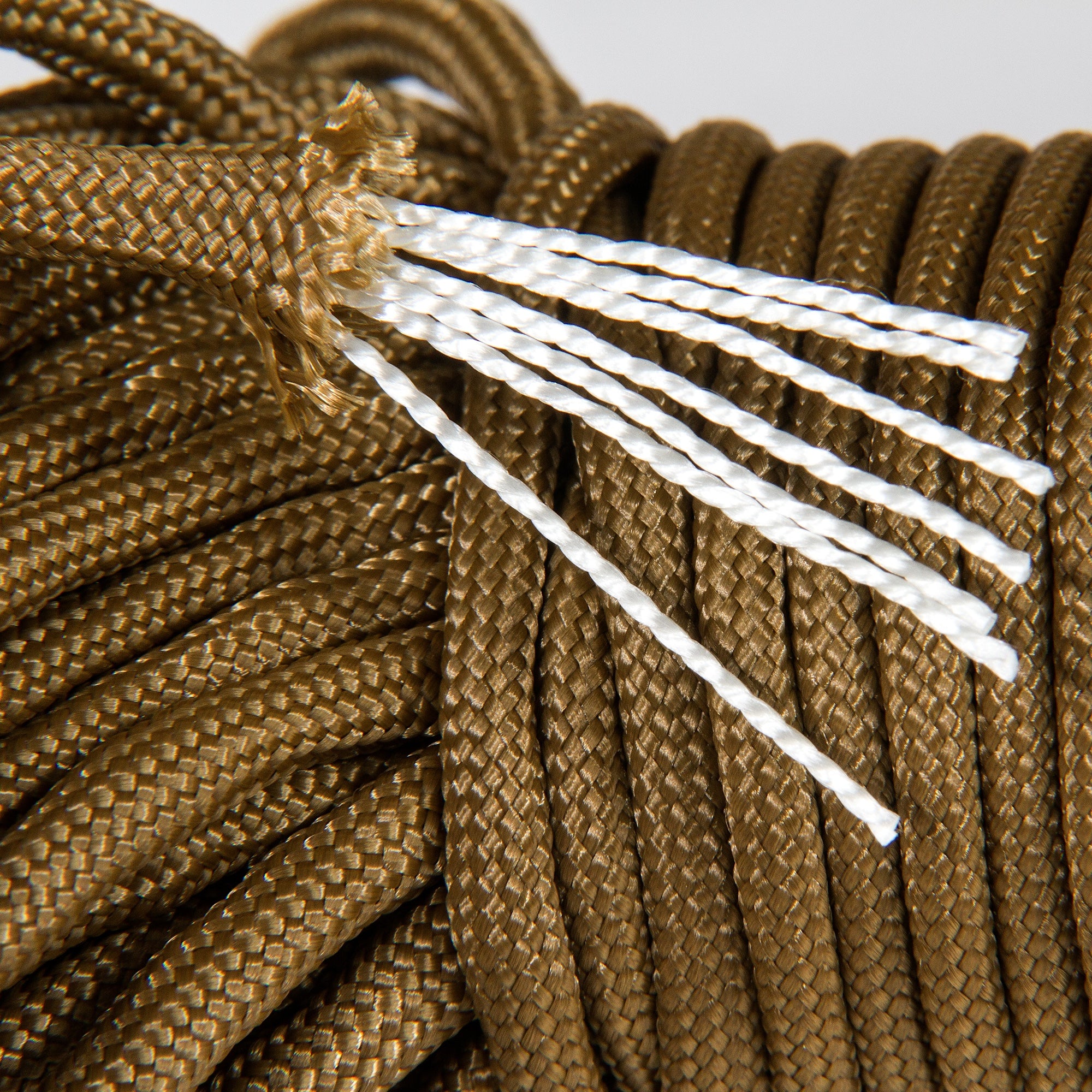
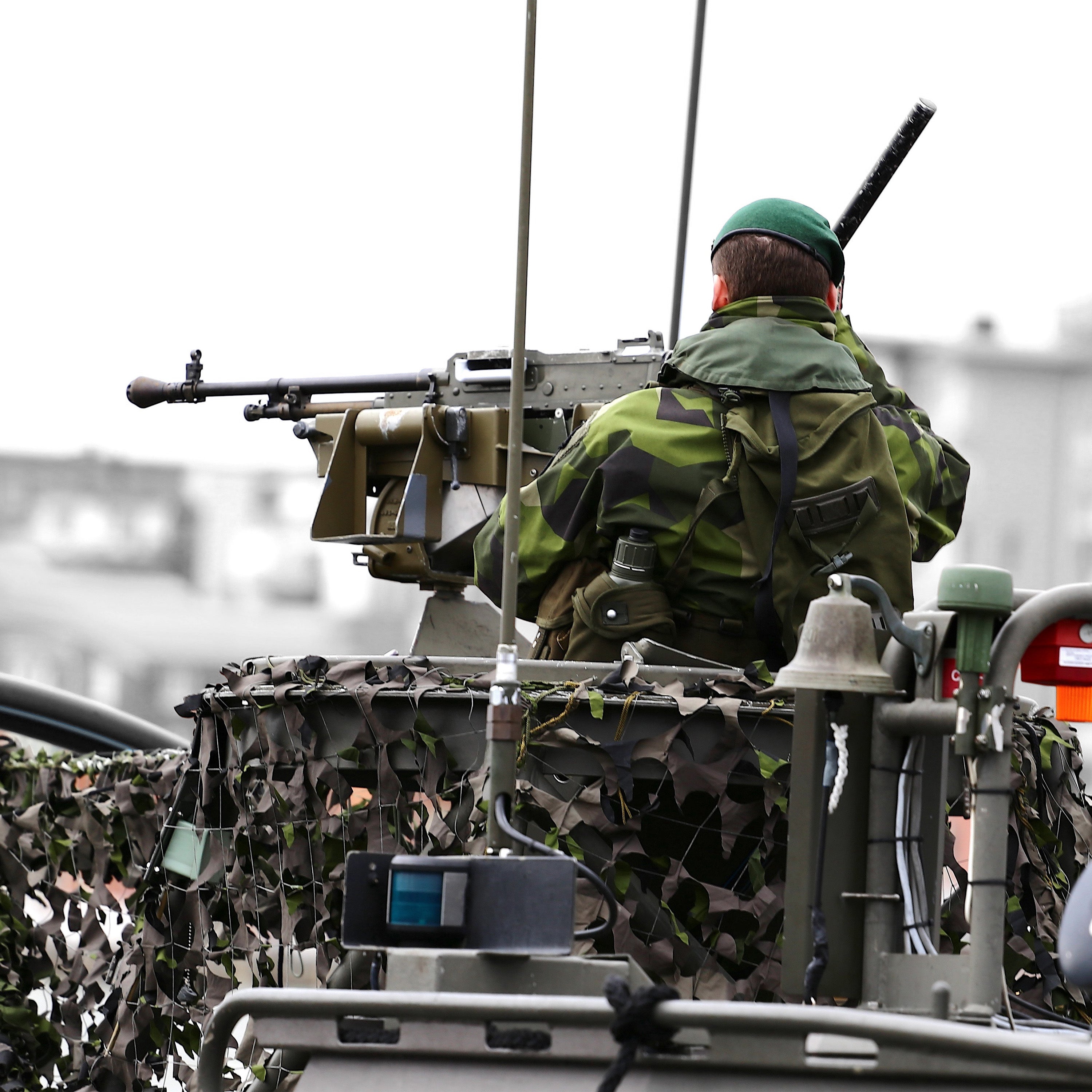
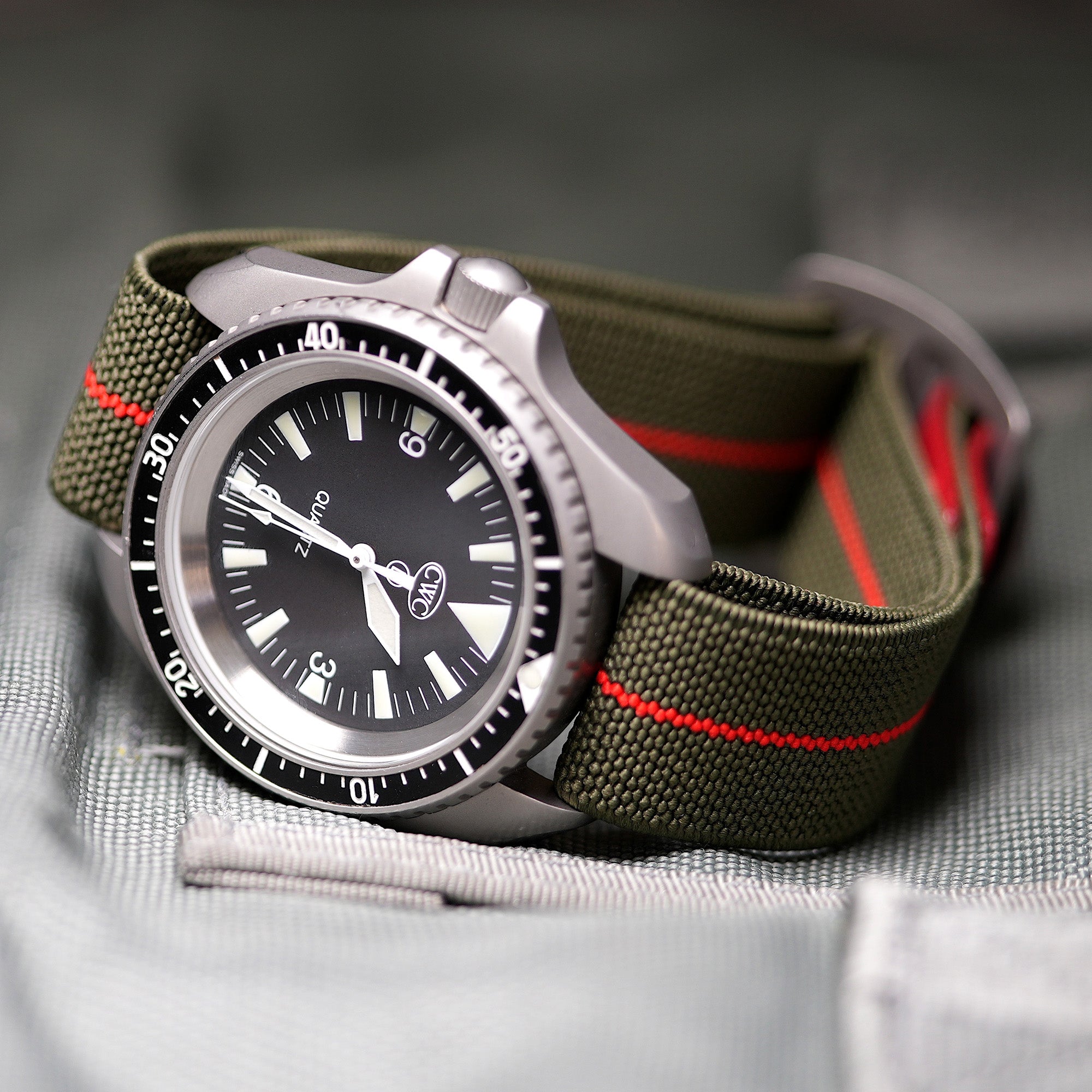
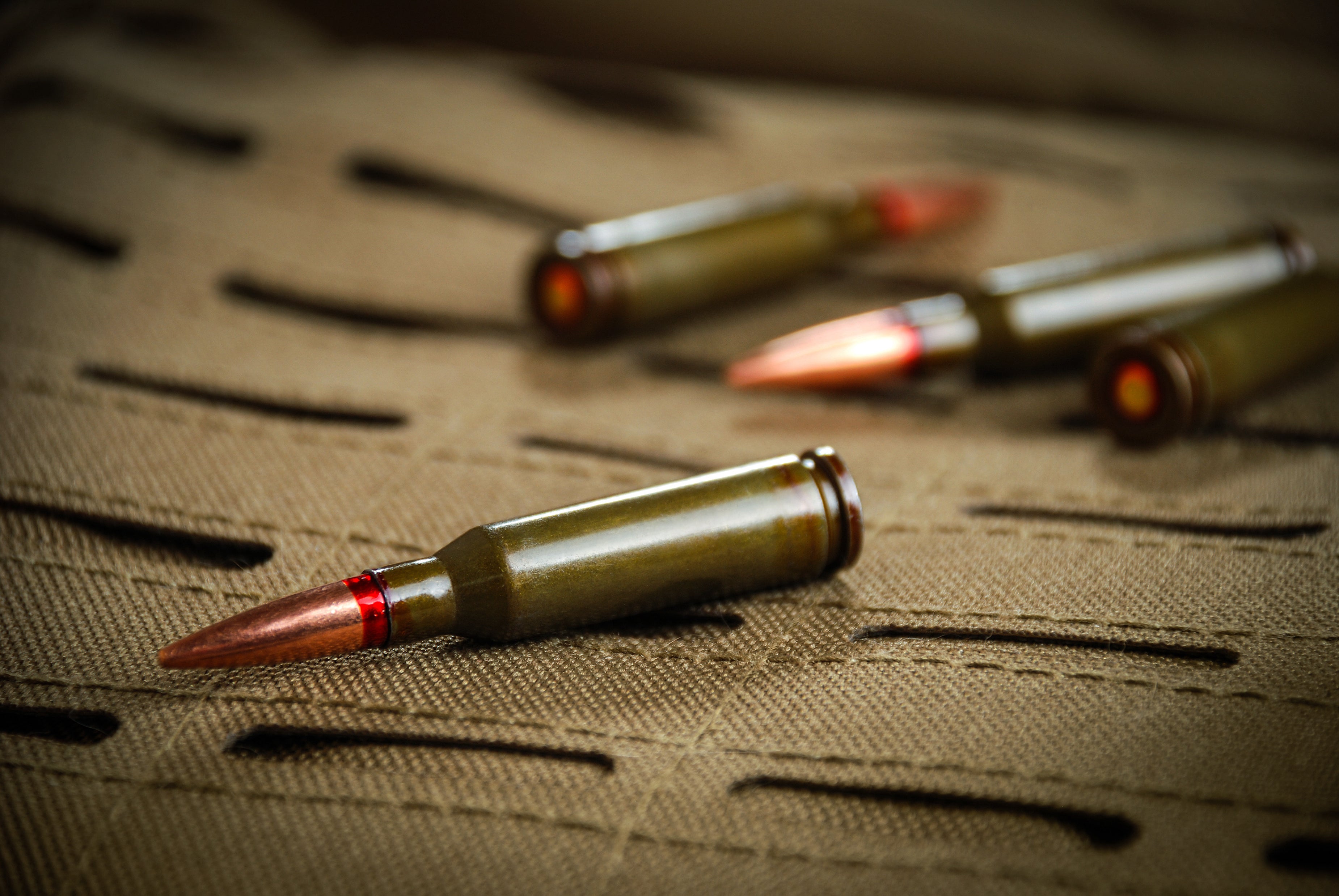
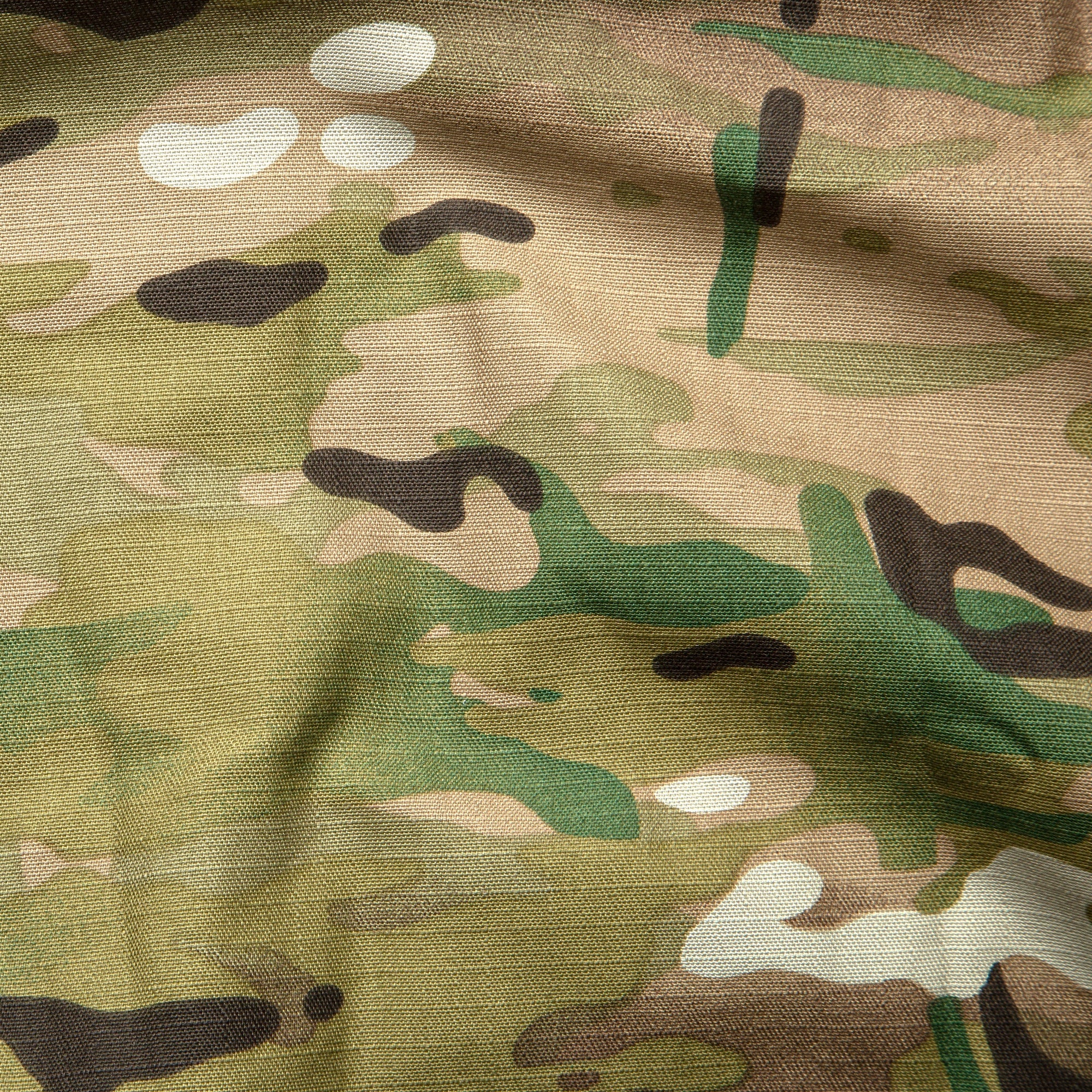

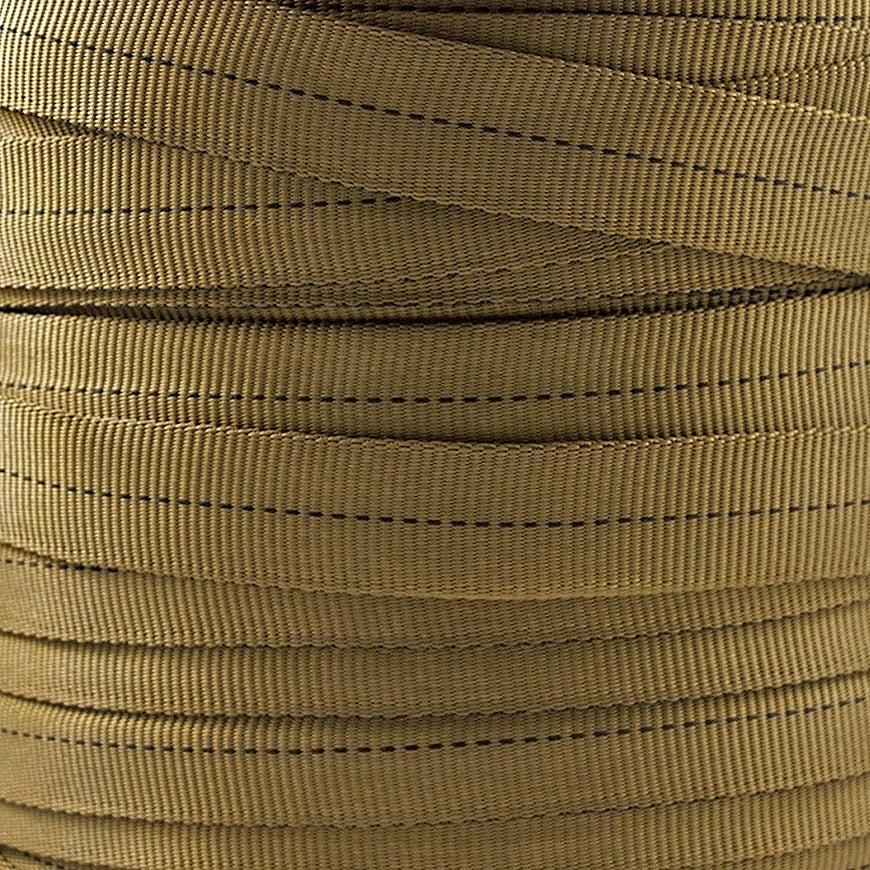


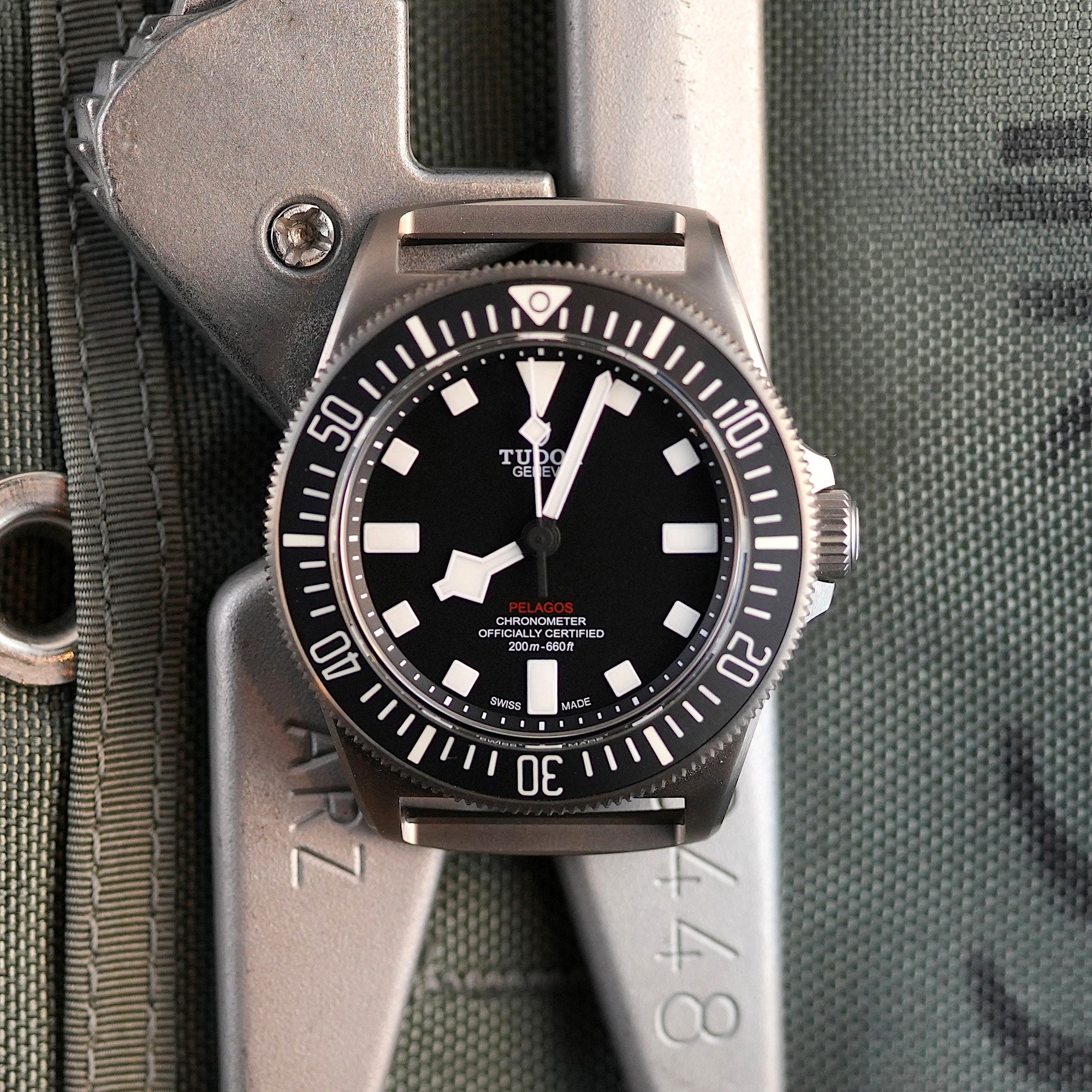
Share:
The Development of the MultiCam Camouflage Pattern: An Evolution in Military Camouflage
The Use of Cordura Laminate in the U.S. Military: Durability Meets Innovation